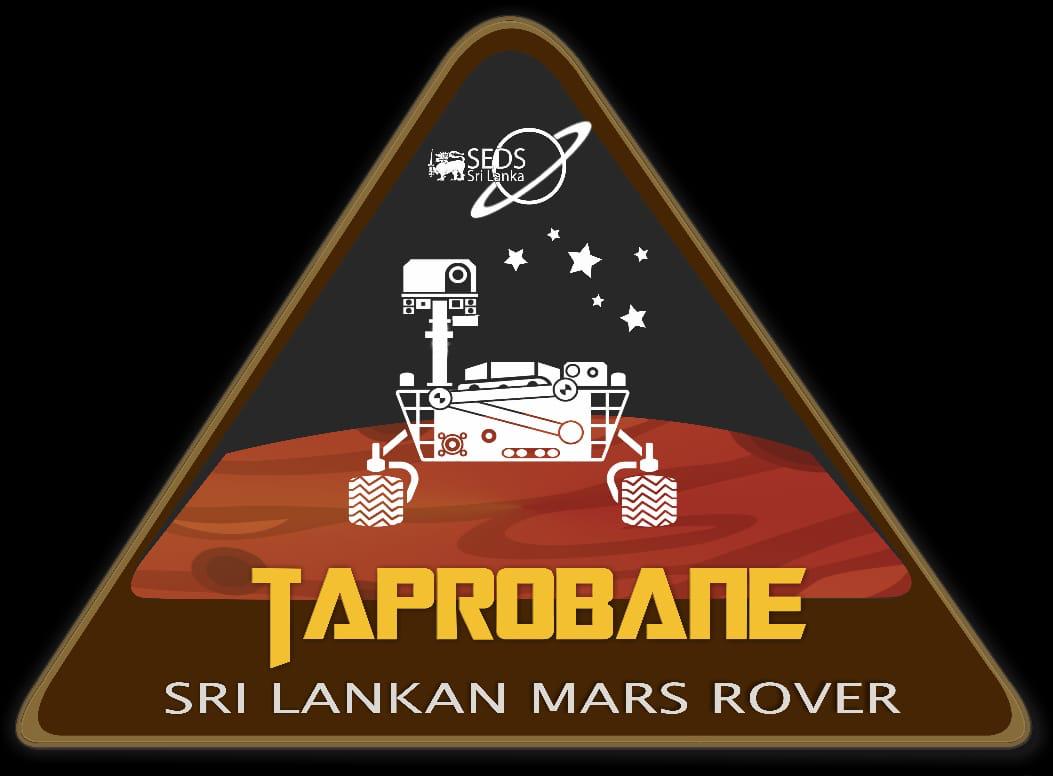Astrobee, NASA’s new free-flying robotic system, will help astronauts reduce time they spend on routine duties
By Ms. Sanjuka Karunathilaka
New robotic assistants called
"Astrobees," developed by NASA to assist in the operation of the
International Space Station (ISS), are equipped with a sizeable payload of
cameras and sensors to allow the robotics to navigate the station. The Astrobee
system was designed and built at NASA's Ames Research Center in Silicon Valley
for use inside the International Space Station. The project was funded by the
Game Changing Development program within NASA’s Space Technology Mission
Directorate and the SPHERES facility, part of the Human Exploration and
Operations Mission Directorate. It was designed, to help astronauts with
maintenance, inventory tracking, conducting experiments, and studying how
humans and robots will interact in space.
The three Astrobees deployed to
the ISS, the yellow Astrobee is named Honey, the blue bot is named Bumble, and
the green bot, still on Earth, is named Queen. The bots feature a touch screen
with glowing "eyes" and blue indicator lights that glow to signal to
the astronauts whenever their built-in microphone is activated, so that the
astronauts know if the Astrobees can "hear" what they are saying.
These are cube-shaped robots that measure 32 cm wide, 1 foot by 1 foot by
1 foot. Astrobee’s docking station was launched to the space station on Nov.
17, 2018, aboard Northrup Grumman’s tenth commercial resupply services mission
from NASA’s Wallops Flight Facility in Virginia and was installed in the
Japanese Experiment Module on the space station on Feb. 15, 2019.
The Astrobees are propelled by a pair of battery-operated fans
that allow movement in any direction in zero gravity, and equipped with a
robotic arm for gripping objects and handrails. Working autonomously or via
remote control by astronauts, flight controllers or researchers on the ground,
the robots are designed to complete tasks such as taking inventory, documenting
experiments conducted by astronauts with their built-in cameras or working
together to move cargo throughout the station. In addition, the system serves
as a research platform that can be outfitted and programmed to carry out
experiments in microgravity - helping us to learn more about how robotics can
benefit astronauts in space. When an Astrobee's battery is low it will
automatically fly to its power station and dock to recharge Cameras and sensors
help them to “see” and navigate their surroundings.
The Astrobee uses six commercial, off-the-shelf external sensors for navigation. A fixed-focus color camera with wide FoV, called the NavCam, streams footage to the robot's control station at 1 Hz. An auto-focus color camera called the SciCam, that downlinks live HD video, and a LiDAR anti-collision system called HazCam are also located on the forward face of the Astrobee.
On the aft (rear) side of the Astrobee is the DockCam, a color
camera almost identical to the NavCam that provides guidance for the Astrobee
during docking maneuvers with its recharge station. The DockCam reads fiducial
markers, or objects used as points of reference, to help guide the Astrobee
into its dock. The Astrobee can connect to its dock with a hard-wired Ethernet
connection to download logs of the robot's activity, as backup for operational
data streamed to control stations on Earth while the Astrobee is on duty.
The PerchCam, which is identical to the NavCam, is also located
aft and turns on to detect handrails on the ISS. The Astrobee perches on
handrails to reduce power consumption and get out of astronauts' way during
operations. Finally, the Astrobee has a top-facing sensor package called
SpeedCam that uses infrared imaging, an inertial measurement unit, and
traditional optics to estimate velocity and control speed in order to avoid
collisions.
The Astrobee uses its vision system to navigate the US Orbital
Segment (USOS), the components of the ISS built and operated by the United
States, by comparing images of the ISS interior with an onboard map of the
station. Because the robot's cameras are always on, the ISS crew is made aware
of when the Astrobee is streaming audio or video via LEDs on the fore and aft
that indicate whether the robot is streaming video and audio, or only audio.
Astrobee builds on the legacy and lessons learned from
the SPHERES robots – short for Synchronized Position Hold,
Engage, Reorient, and Experimental Satellite – which have been aboard the
station for over a decade. Once the Astrobee system has been fully
commissioned, it will take over for SPHERES as the space
station’s robotic test facility, helping us to learn new capabilities in our
journey to explore space.
NASA will
make the Astrobees available to
guest scientists to conduct experiments.






Comments
Post a Comment
Add Your Comment Here